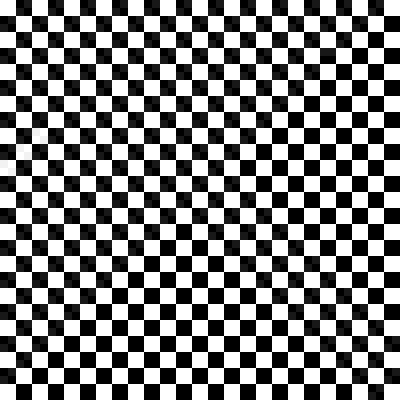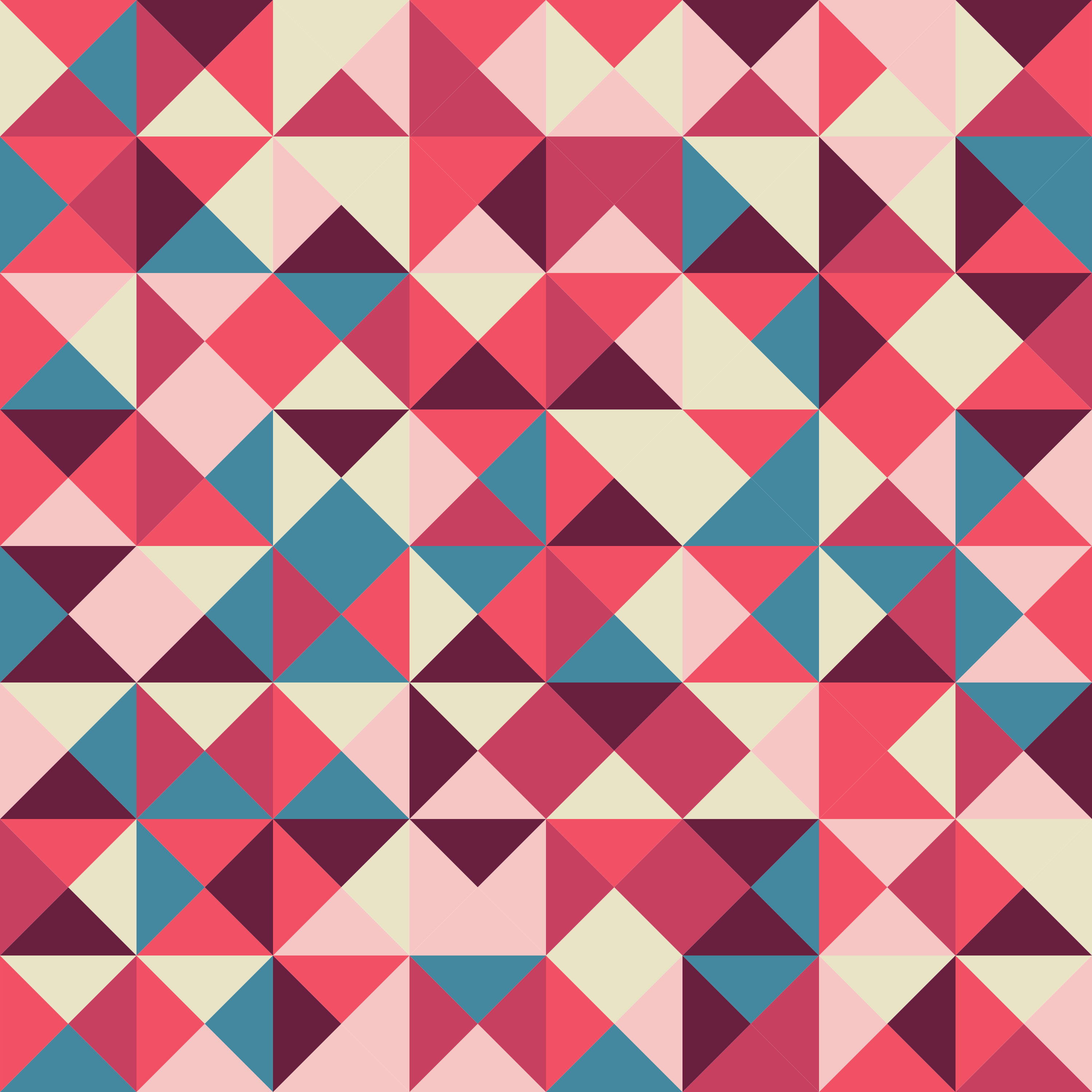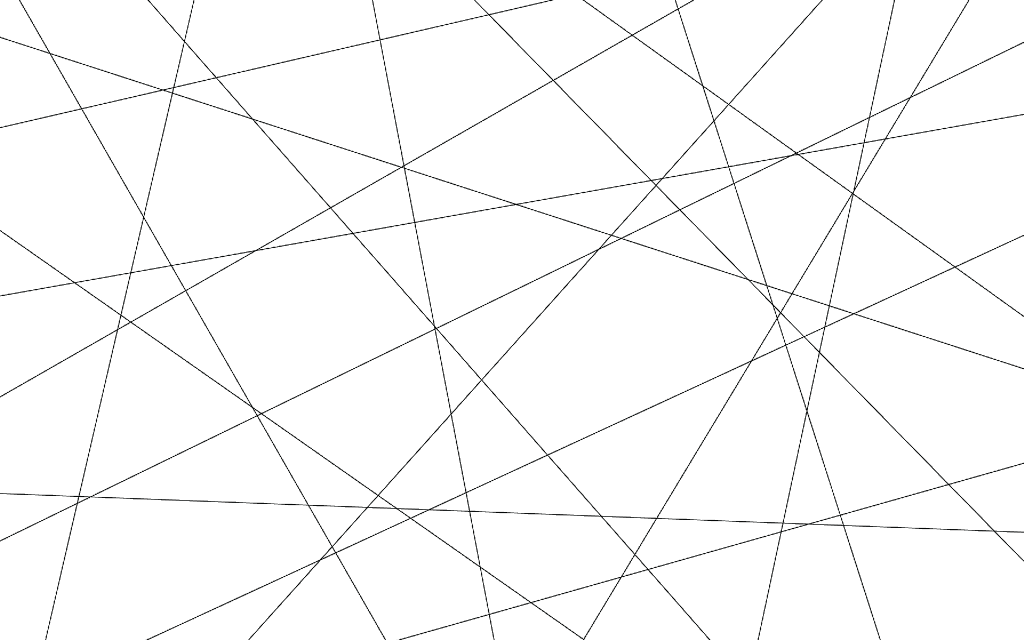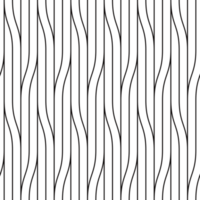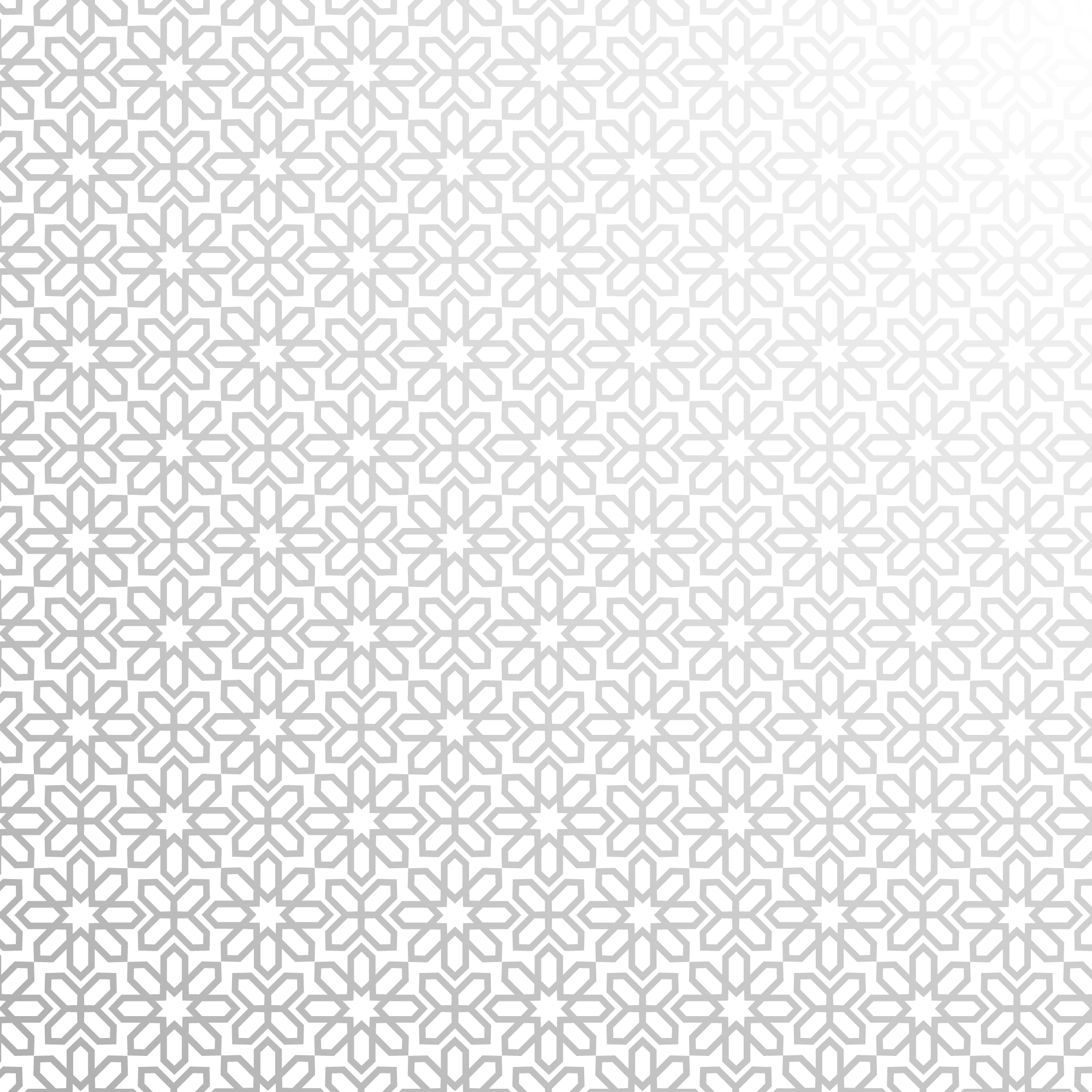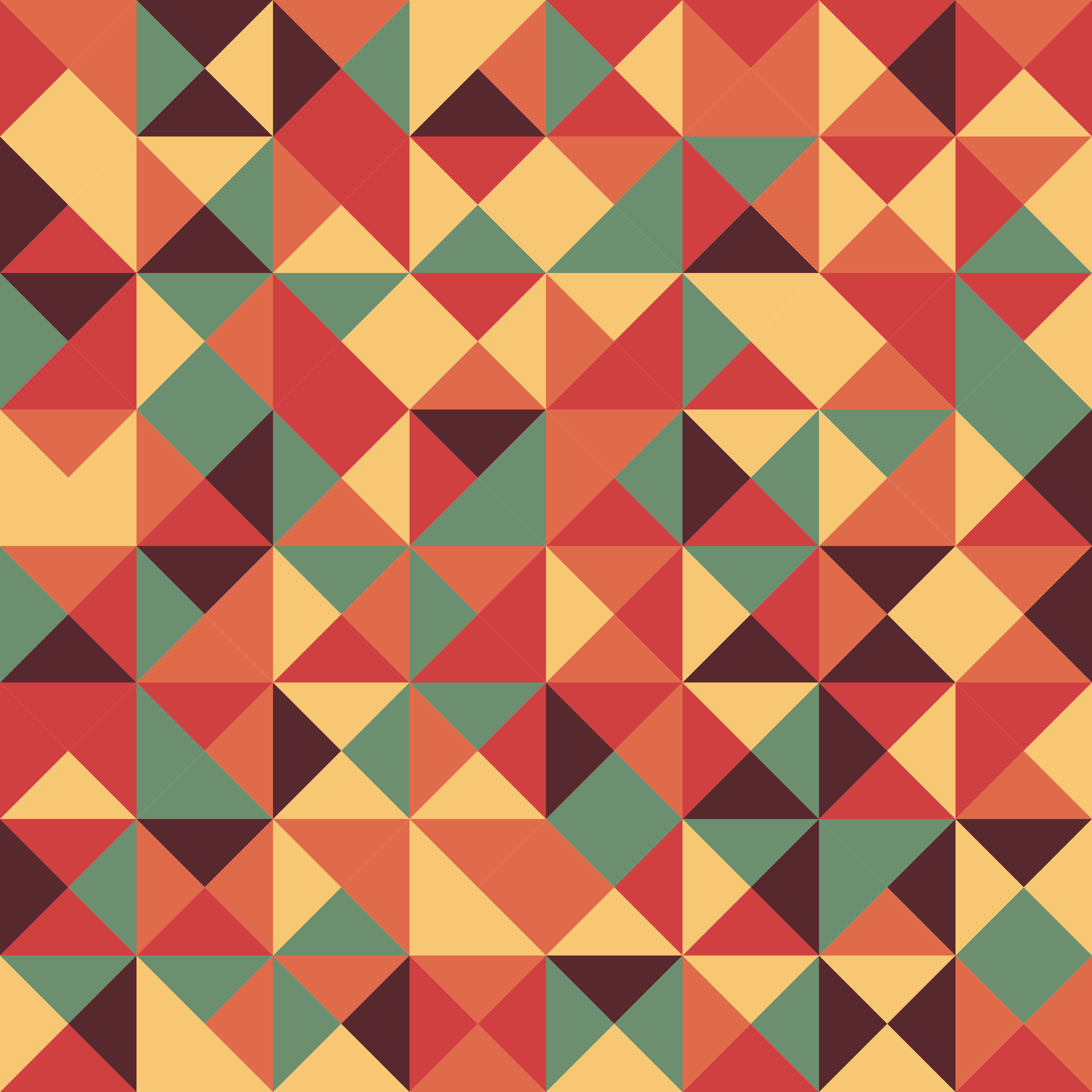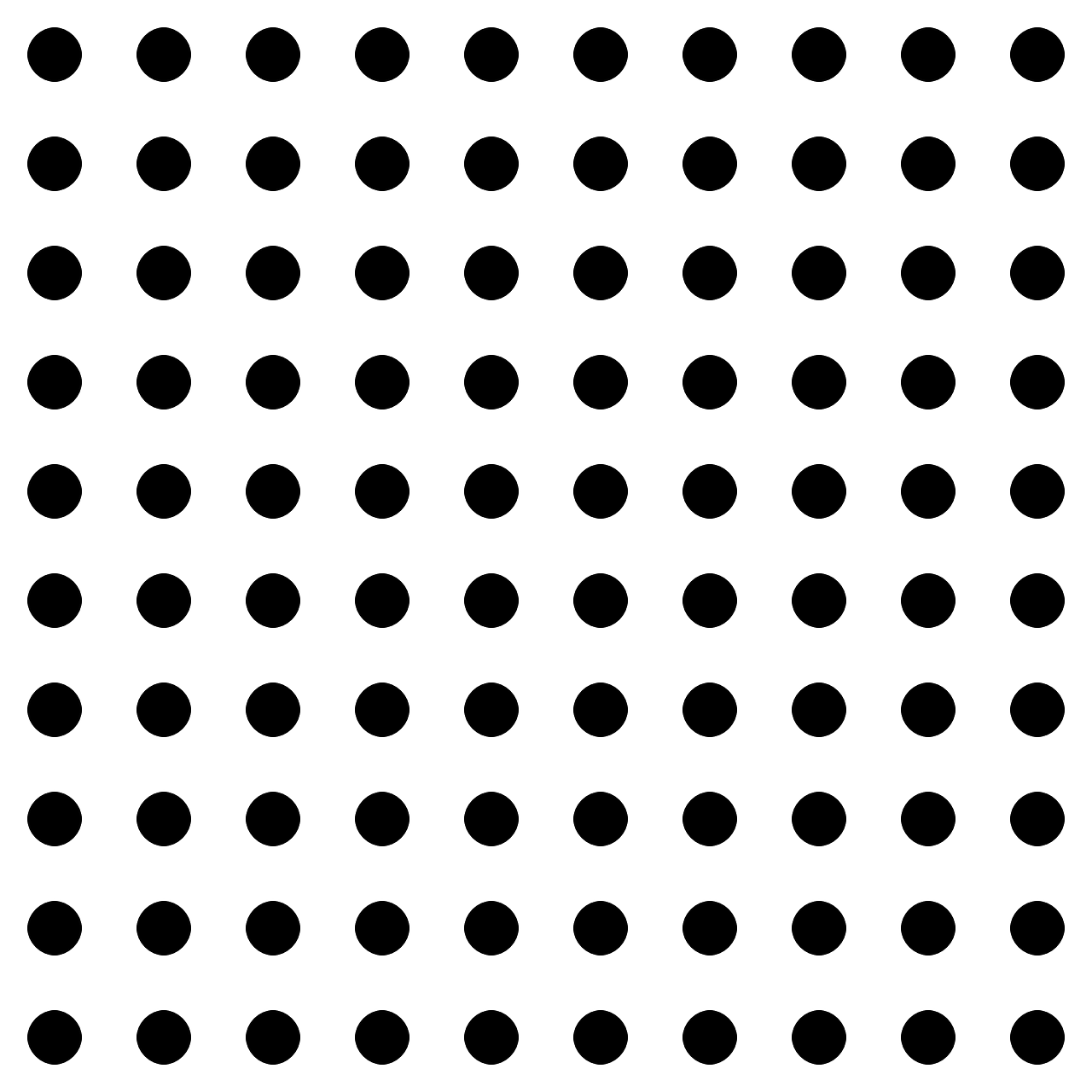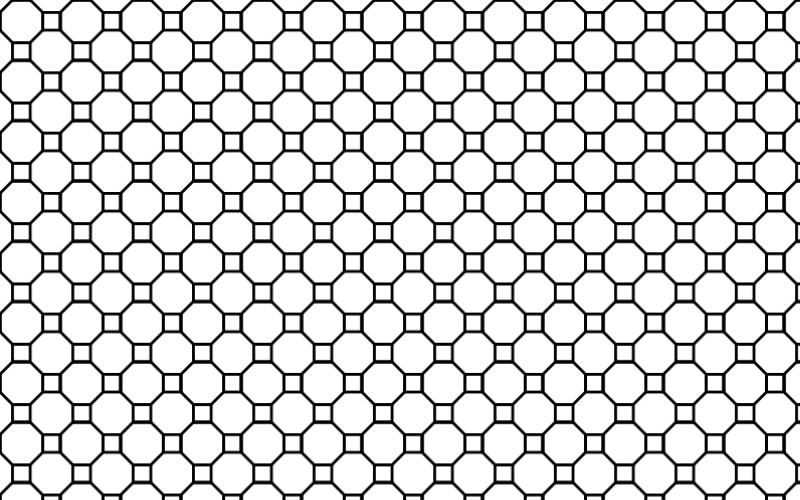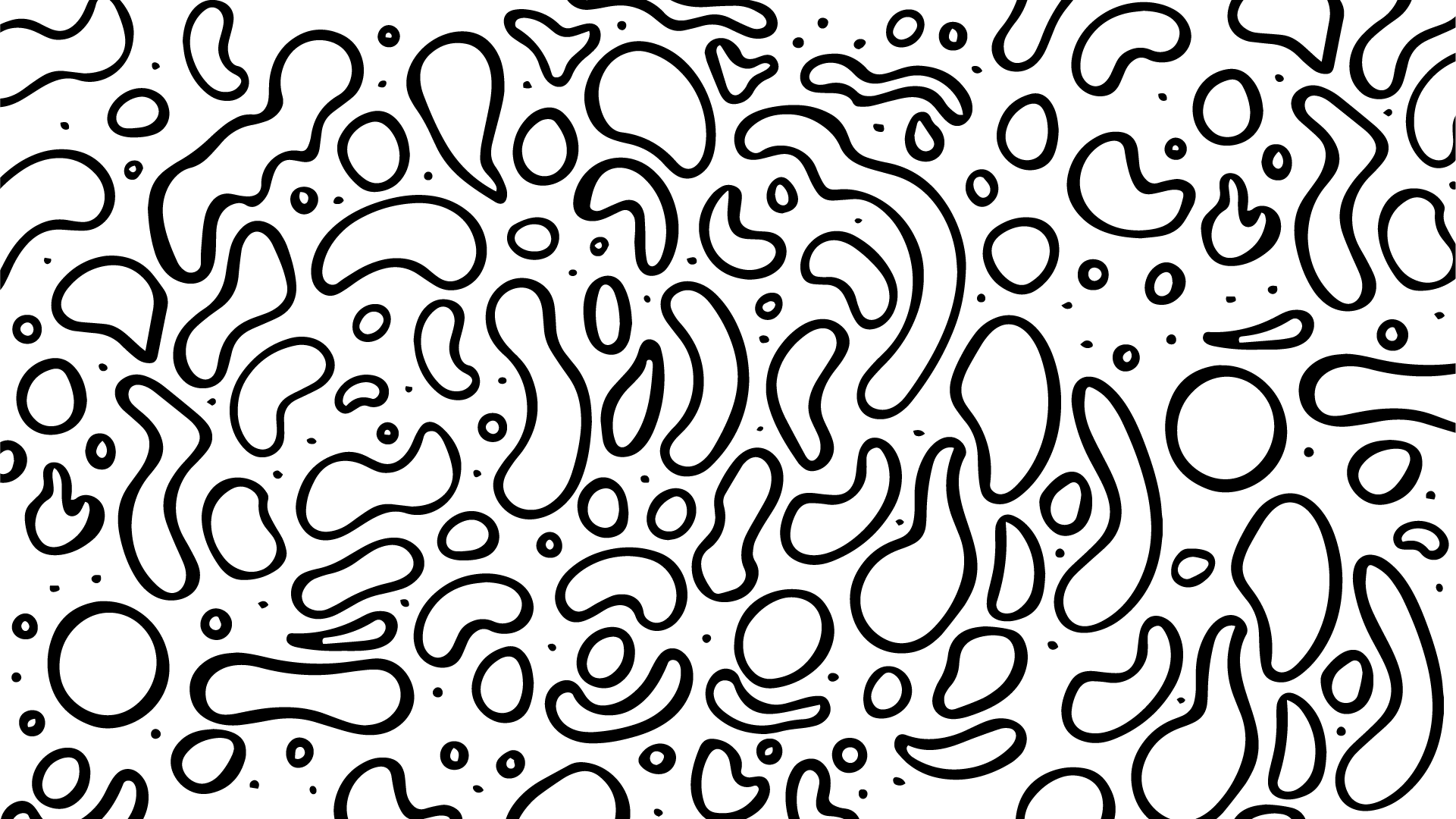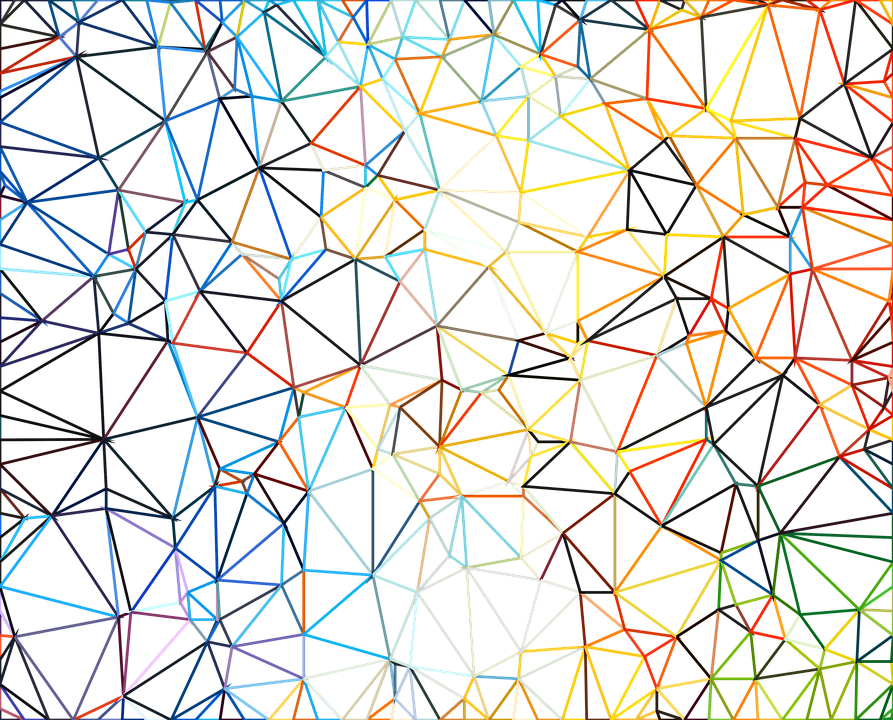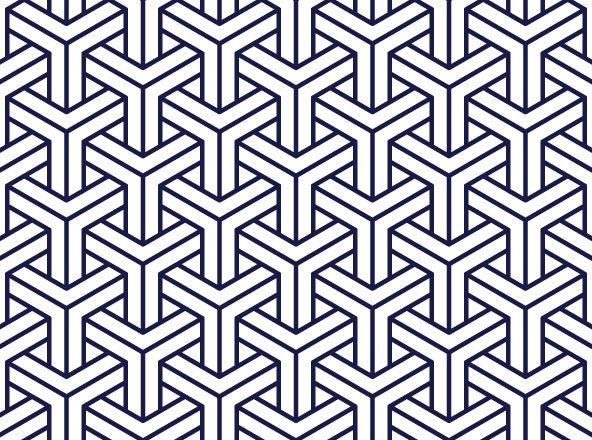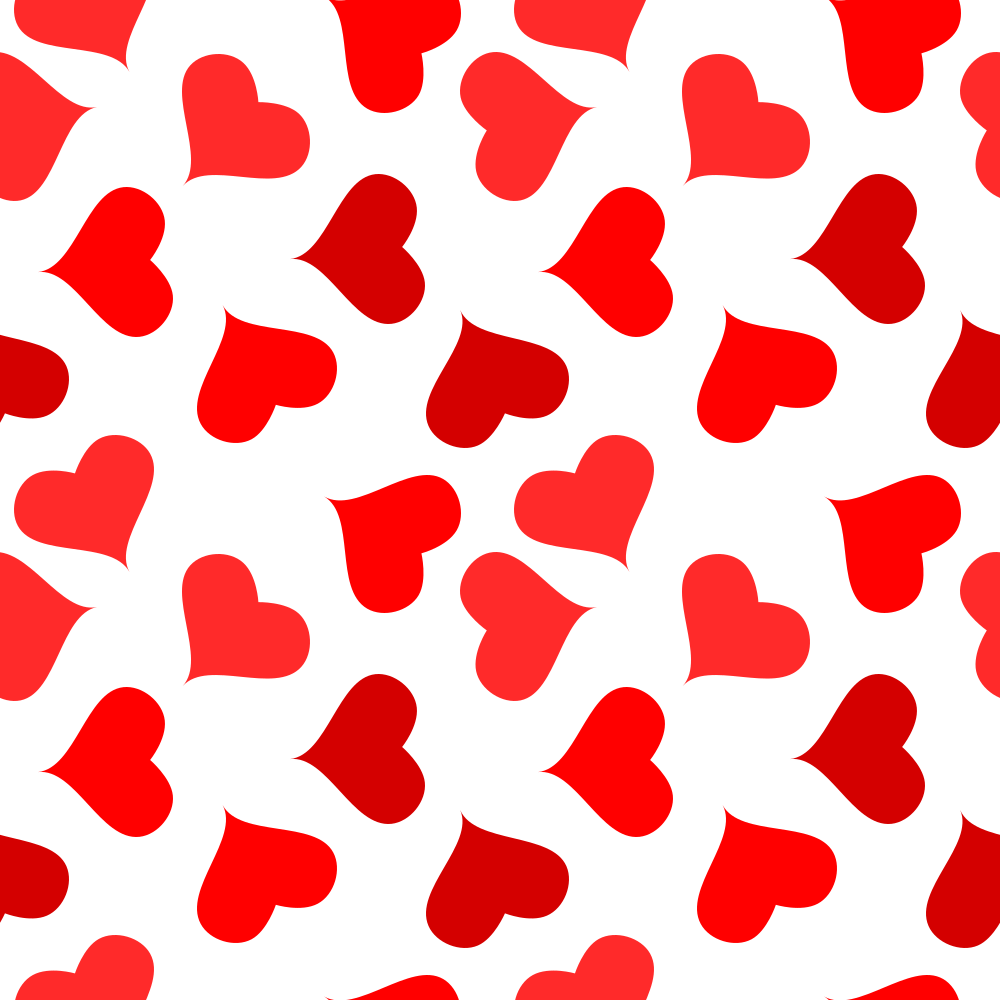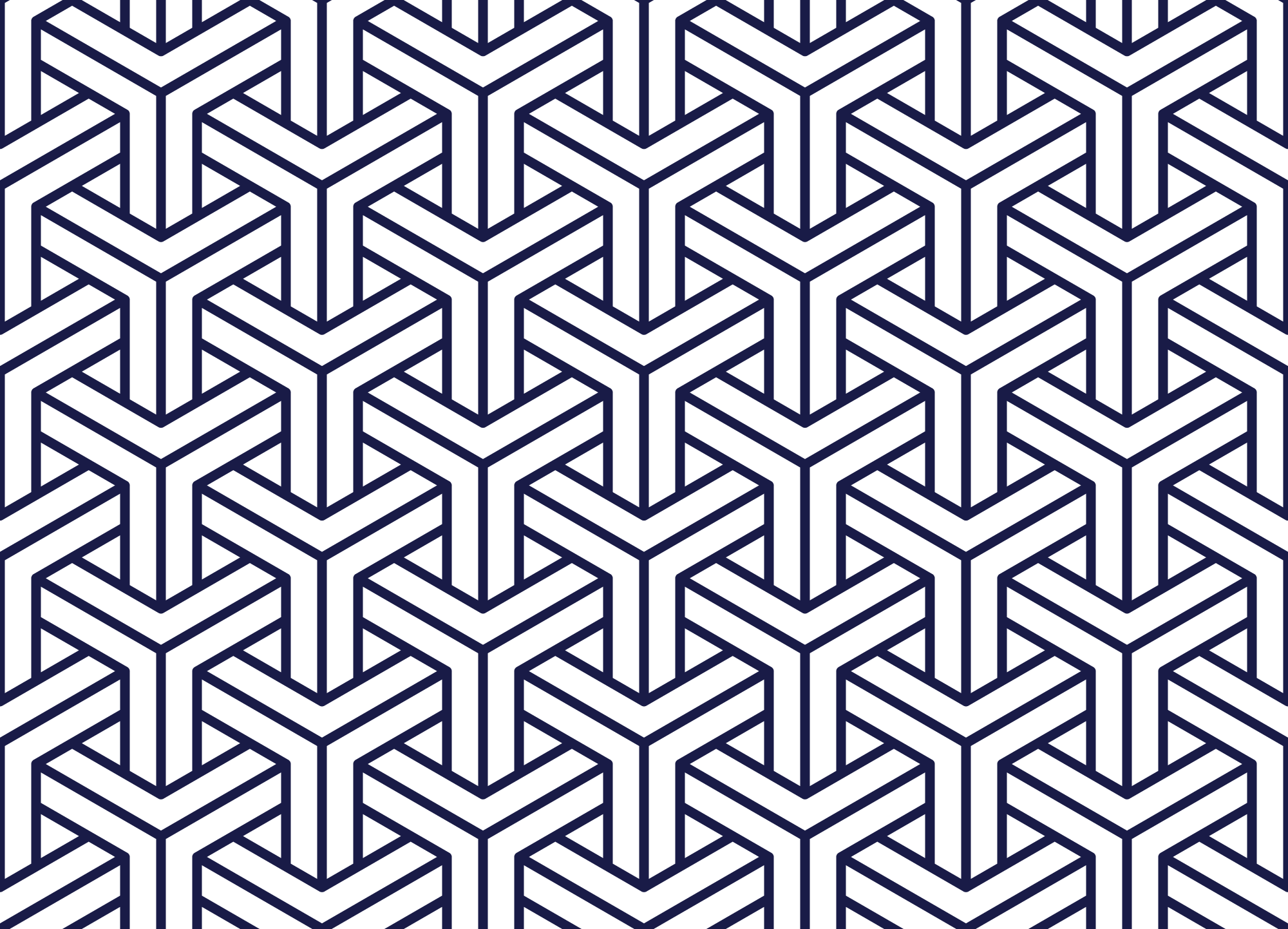Download top and best high-quality free Pattern PNG Transparent Images backgrounds available in various sizes. To view the full PNG size resolution click on any of the below image thumbnail.
License Info: Creative Commons 4.0 BY-NC
Pattern is a term that is commonly used to describe a recurring or regular arrangement of elements, shapes, colors, or textures. It is a fundamental aspect of design, art, and science that has been observed and utilized by humans throughout history. Patterns are present in nature, architecture, textiles, and many other areas of life. In this article, we will explore the definition, importance, and different types of patterns.
What is a Pattern?
A pattern refers to a repeated or predictable arrangement of elements that create a sense of organization or structure. Elements can include shapes, colors, lines, textures, or other design components. A pattern can be created intentionally or arise spontaneously from nature, and it can be utilized in various forms of human expression, such as art, design, or music.
A pattern can be distinguished from a random arrangement of elements, as it follows a specific rule or sequence. For example, a simple striped pattern can follow a regular sequence of colors and widths. Similarly, a floral pattern can have a consistent arrangement of petals, leaves, or other botanical elements. By creating a pattern, designers and artists can create a sense of harmony, repetition, or balance in their work.
The Importance of Pattern
Patterns have a significant role in human perception, cognition, and expression. They help us organize and make sense of the world around us by providing structure, predictability, and familiarity. From a design standpoint, patterns can enhance the aesthetic appeal of a product or artwork, create interest and contrast, and convey meaning and symbolism. Additionally, patterns can serve as a form of communication, as they can represent cultural, social, or historical contexts. For example, the paisley pattern is associated with the Indian subcontinent, while the tartan pattern represents Scottish clans.
Moreover, patterns can have practical applications in many areas, such as textiles, flooring, architecture, and data analysis. For instance, a repetitive pattern in flooring can provide a sense of direction, while a data pattern can reveal relationships or trends.
Types of Patterns
Patterns can be classified into various types based on their characteristics, function, or field of application.
Geometric Patterns
Geometric patterns are those that feature simple or complex shapes, often based on mathematical principles. They can include regular or irregular shapes, such as squares, circles, triangles, or hexagons. Geometric patterns can create a sense of order, symmetry, and rigidity in design, and they can be used in various fields, such as architecture, engineering, or graphic design.
Nature-Inspired Patterns
Nature-inspired patterns are those that mimic or reference natural forms, such as animals, plants, or landscapes. They can feature organic, fluid, or irregular shapes, and often evoke a sense of harmony, balance, or diversity. Nature-inspired patterns can be used in various areas, such as textile design, wallpaper, or interior design.
Abstract Patterns
Abstract patterns are those that are non-representational or non-figurative, and they do not have a direct reference to reality. They can feature lines, colors, or shapes that are not related to concrete objects or concepts. Abstract patterns can create a sense of mystery, ambiguity, or freedom in design, and they can be used in various areas, such as contemporary art, fashion, or branding.
Cultural Patterns
Cultural patterns are those that reflect or represent specific cultural or social contexts. They can feature motifs, symbols, or colors that are associated with a particular culture or tradition. Cultural patterns can serve as a form of communication or expression, and they can be used in various areas, such as textile design, graphic design, or advertising.
Data Patterns
Data patterns are those that are present in sets of data and reveal relationships, trends, or patterns. They can be represented in various forms, such as graphs, charts, or maps, and they can help analyze and interpret data. Data patterns can be used in various areas, such as science, economics, or marketing.
In closing
Pattern is a fundamental aspect of human perception, cognition, and expression. It is a recurring or predictable arrangement of elements that creates a sense of organization and structure. Patterns can be utilized in various forms of design, art, and science, and they can have practical and symbolic applications. By understanding the different types of patterns, designers and artists can enhance their creativity and communicate their ideas effectively.
Download Pattern PNG images transparent gallery
- Pattern PNG Pic
Resolution: 400 × 400
Size: 1 KB
Image Format: .png
Download
- Pattern PNG Picture
Resolution: 592 × 440
Size: 7 KB
Image Format: .png
Download
- Pattern PNG
Resolution: 1280 × 740
Size: 33 KB
Image Format: .png
Download
- Pattern Transparent
Resolution: 3000 × 3000
Size: 194 KB
Image Format: .png
Download
- Pattern
Resolution: 640 × 638
Size: 281 KB
Image Format: .png
Download
- Pattern Background PNG
Resolution: 1024 × 640
Size: 136 KB
Image Format: .png
Download
- Pattern No Background
Resolution: 200 × 200
Size: 7 KB
Image Format: .png
Download
- Pattern PNG Background
Resolution: 2000 × 2000
Size: 600 KB
Image Format: .png
Download
- Pattern PNG Clipart
Resolution: 3000 × 3000
Size: 186 KB
Image Format: .png
Download
- Pattern PNG Cutout
Resolution: 1280 × 1280
Size: 21 KB
Image Format: .png
Download
- Pattern PNG File
Resolution: 800 × 500
Size: 149 KB
Image Format: .png
Download
- Pattern PNG Free Image
Resolution: 2000 × 2000
Size: 94 KB
Image Format: .png
Download
- Pattern PNG HD Image
Resolution: 1921 × 1080
Size: 234 KB
Image Format: .png
Download
- Pattern PNG Image File
Resolution: 800 × 494
Size: 84 KB
Image Format: .png
Download
- Pattern PNG Image HD
Resolution: 200 × 200
Size: 7 KB
Image Format: .png
Download
- Pattern PNG Image
Resolution: 893 × 720
Size: 892 KB
Image Format: .png
Download
- Pattern PNG Images HD
Resolution: 2441 × 2310
Size: 380 KB
Image Format: .png
Download
- Pattern PNG Images
Resolution: 592 × 440
Size: 21 KB
Image Format: .png
Download
- Pattern PNG Photo
Resolution: 1000 × 1000
Size: 51 KB
Image Format: .png
Download
- Pattern PNG Photos
Resolution: 2000 × 1442
Size: 106 KB
Image Format: .png
Download
